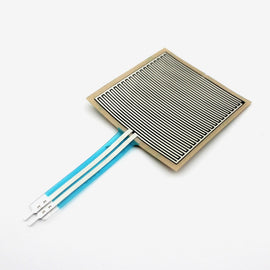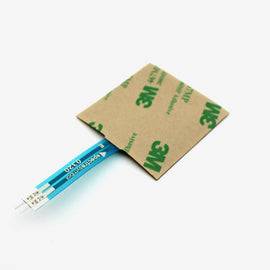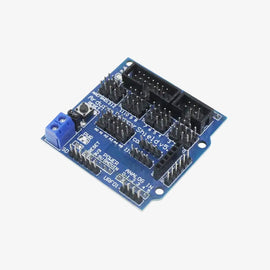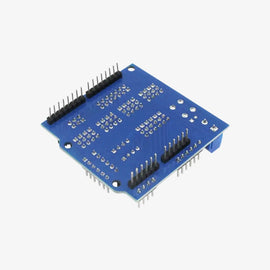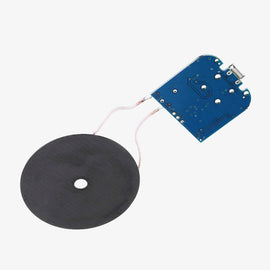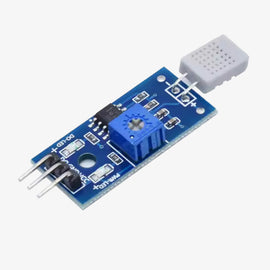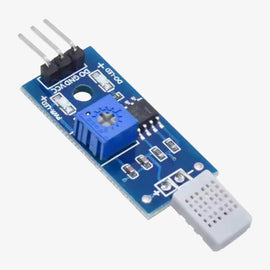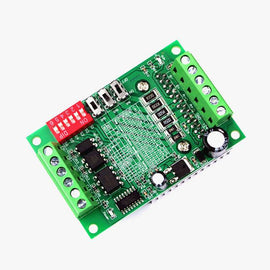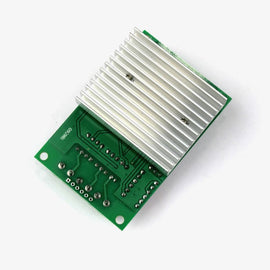In this tutorial, we are going to make a circuit called a Contactless AC Detection circuit which will detect the presence of AC voltage when the antenna of the circuit is brought closer to the wire which is having a supply. If the wire carries a current, it will sound like a buzzer with an LED light indication. The circuit is very simple and with just a few components we will be able to make it. So let’s make it!
BC547 Transistor(BJT) Pinout
BJT Datasheet
|
Model no
|
BC 547
|
|
DC Current Gain (hFE)
|
Min: 110 Max:800
|
|
Collector Current (IC)
|
100 mA
|
|
Collector Power Dissipation
|
500 mW
|
|
Collector-Base Voltage (VCBO)
|
Max: 50V
|
|
Collector-Emitter Voltage (VCEO)
|
Max: 45V
|
|
Emitter-Base Voltage (VEBO)
|
Max: 6V
|
|
Junction Temperature
|
150 °C
|
|
Storage Temperature
|
-65 ~ 150 °C
|
BJT Working
BJT stands for Bipolar Junction Transistor. It has three terminals Collector, Base and Emitter. This project is based on the concept of the Darlington pair circuit. A small signal is provided at the Base of the 1st BJT with the help of the Antenna. Corresponding to it BETA times larger current flows from Collector to Emitter. This concept is used in Darlington pair with the help of multiple BJT, 3 BJT in our case. Now from the circuit, we can see that the Emitter of 1st BJT is connected to the base of 2nd BJT and then the same is happening with the 3rd BJT. This is the main concept behind the working of a Contactless AC voltage detector circuit. Output is taken from the Collector-Emitter terminal of the 3rd BJT which is connected to the Buzzer and LED with help of a 330ohm resistor.
What is a Darlington Pair?
A Darlington pair is a combination of two BJT (Bipolar junction Transistor) connected in such a way that it creates a very high value of current gain. This is achieved through the coupling of the transistor, where the current is amplified by the first transistor and then again amplified by the second transistor and the same happens with the third transistor and so on as the no of transistors are added. For example, if the current gain of a transistor is β1 and β2, then the overall current gain of the Darlington pair will be β1β2. In this way, we can achieve a very high gain as compared to a single transistor.
This setup of transistors behaves as a single-unit transistor as it finally has only one emitter, collector, and base. The Darlington transistor was invented by Sidney Darlington in 1953.
Components Required
Contactless AC Voltage Detection Circuit Diagram

In the above circuit diagram, there are 3 BJT whose collector terminals are connected to the LED and buzzer. Positive supply is provided at the positive terminal of the buzzer and LED whereas negative is supplied to the emitter terminal of the 3rd BJT. The resistor will limit the current flow into the LED. For the antenna, you can also take the winding wire and make it in the form of a coil structure which will act as an antenna to receive the magnetic field from the wire which is having phase supply.
Troubleshooting
Circuit not working?
Ensure that your circuit is according to the circuit diagram and you must check all the BJTs that they must be in good working condition.
No power supply?
The battery used here is 9v. You must use the same with a 9v rating and the resistor should be 330 ohms.
Circuit is more sensitive?
In this case, you might have taken a longer number of turns in the antenna. No of turns should be approx. 4 to 5.
Transistor not working?
There is a possibility that you have heated the BJT while soldering. Take fresh BJT in such cases. Do not solder it for a longer duration. Heat kills the components.



